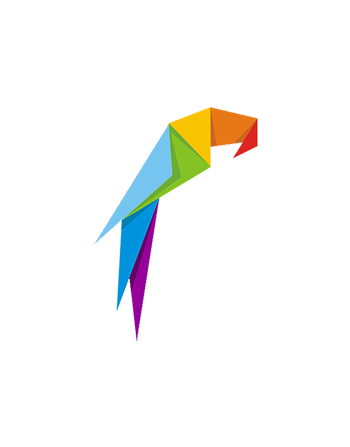As people consume entertainment in new ways, businesses have to find new ways to advertise their business. Traditionally, businesses were able to choose their brochures’ colours, designs, and layouts. But, with the evolution of modern technology, brochure printing methods have also evolved. Let’s discover what these changes are and how they have shaped the process of brochure printing over the years.
Colour Separations
Photos and colour images used to be added to black and white prints by hand. This meant that the colours on the page weren’t ever exactly right. In modern times, separations are created using computers so that the image looks exactly like the original photo. The colour separations are now separated by plate and printed to match instead of printing each colour on its own. This is what led to the increase in the quality of colour prints.
Offset Lithography
This printing technique was first used in 1798, and it is still used by printers today. Rather than using just one or two colours, this method uses thousands of colours to create the image. The process of offset lithography is the same, but the technology is a little better. Today, high definition computer scanners and digital colour printers are used.
Embossing
Embossing is a decorative touch that can be added to brochures. This is accomplished by running the sheet of paper through a machine that impresses a raised image onto the paper. This can add a textured effect to the surface.
Gloss Coating
Gloss coating is a way to make brochures appear cleaner, brighter, and shinier. This makes the brochure more attractive and easier to read. In the past, brochures were printed on matte paper. Today, brochures are printed on coated paper. This allows for more vivid images and colours. While matte paper has been used for decades, brochures today are printed on glossy coated paper.
Improved Printing Techniques
In the past, brochures were printed using offset presses. Today, the large offset presses have given way to digital printing. This method uses large printers that use dye-based inks to create brochures. This quality of printing allows businesses to choose the thickness, smoothness, and finish of the paper, which was impossible to achieve with offset.
Digital Printing
Modern printers can print using different kinds of inks. This allows for a brochure’s colour and look and feel to be very specific. Interestingly, brochures can be printed using metallic ink or any other special material. Today, printed materials that used to be printed on paper can be printed on different surfaces, such as glass.
Higher Resolution Images
Gone are the days when the images in a brochure were fuzzy and unclear. Today, higher images create much better printing results. A high-resolution image is one that is at least 300 dpi, in order to get clear, sharp, and uniform images. High-resolution images are easier to produce now more than ever, thanks to digital cameras, smartphone cameras, and laptops.
Conclusion
We live in a world where every business wants to be heard and seen. The best way to accomplish this goal is by using a beautifully crafted and expertly designed brochure. However, brochures aren’t what they used to be. Today brochures are created in a very different manner, with all of the methods mentioned above. This makes brochures the perfect marketing tool to promote businesses.
If you’re looking for a company that offers brochure printing in Essex, there’s only one name to look for, and that’s AMX Print. We are the leading printer, sign-maker, and web designer in Essex offering quality prints and fast turnaround times. Whenever you need custom signages, vehicle graphics or brochures, contact AMX Print today!













